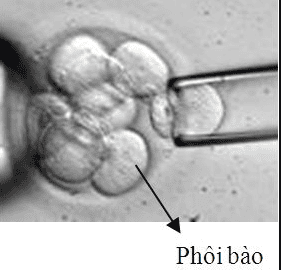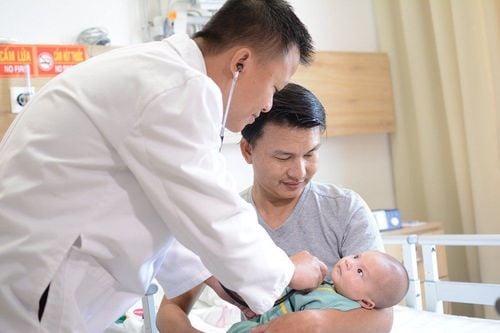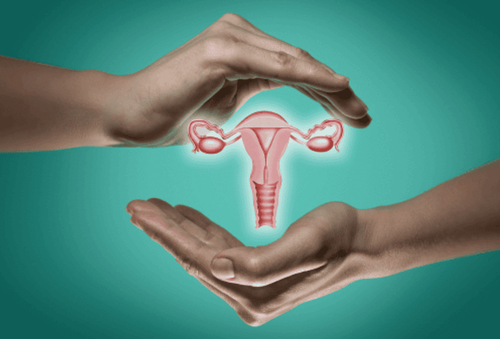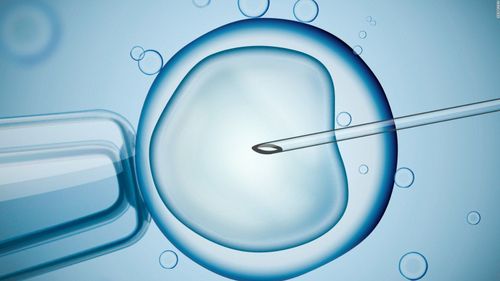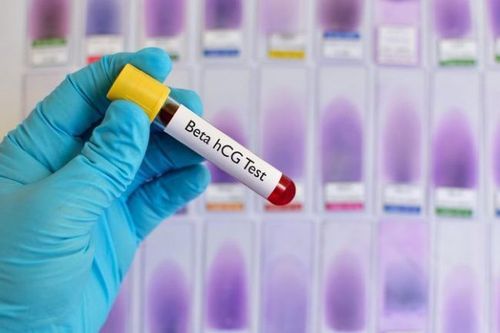This is an automatically translated article.
Article by Dr. Do Huy Duong - Medical Genetics Division, Vinmec High-Tech Center.
Pre-implantation genetic testing for monogenic disease (PGT-M) is a genetic test performed on an embryo to reduce the risk of pregnancy with a genetic abnormality. single gene in the high-risk group of parents.
For parents who have carried single-gene abnormalities and have a high risk of passing these abnormalities on to the next generation, the PGT-M test will help detect single-gene abnormalities in the sample. Embryo. From there, select good embryos with no abnormalities to transfer and reduce the risk of birth defects.
1. Who is suitable for the diagnosis of preimplantation embryos for monogenic pathology?
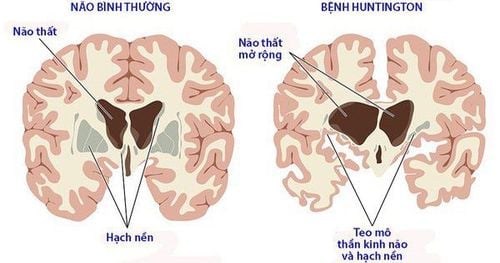
Bố hoặc mẹ mang đột biến gen trội thì có thể con sẽ mắc bệnh Huntington
PGT-M is suitable for patients at high risk of passing on single-gene abnormalities to the next generation:
Both husband and wife carry the same recessive single gene mutation ( Thalassemia , Cystic fibrosis ) Wife carries the mutation X-linked recessive gene ( Duchenne muscular atrophy ) Spouse carries a dominant gene mutation ( Huntington's disease ) Spouse has an inherited cancer-related mutation ( BRCA1, 2 breast cancer gene ) Has have a baby or are pregnant with a single-gene abnormality Wanting to have a baby HLA PGT-M is tailored to each family depending on the genetic status they are carrying. PGT-M can resolve most forms of single-gene genetic abnormalities available today.
2.Process of PGT-MORE
Counseling, genetic information collection:
The genetic counselor will collect information about the pathology, aspirations, genetic status of the whole family as well as may request some tests. genetic testing to clarify the genetics of family members Develop a PGT-M protocol:
The laboratory technician will develop a specific PGT-M protocol tailored to the genetics of the family Family Artificial Insemination (IVF):
Artificial insemination is done Embryo biopsy :
The embryologist will biopsies a few cells from the embryo to be tested. This biopsy has almost no effect on the development of the embryo.
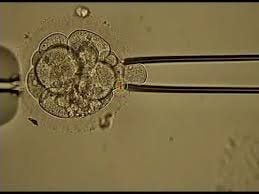
Hình ảnh sinh thiết phôi
Perform the PGT-M procedure:
The embryo biopsy sample is sent to the laboratory for the PGT-M test according to the protocol that has been designed specifically for the family. The results are then sent back to the IVF center for consultation. Embryo Transfer
Embryos that do not carry genetic abnormalities are considered for transfer. The doctor will decide which embryo to transfer, unused embryos can be frozen for preservation. Vinmec IVF Reproductive Center is the address of infertility treatment - infertility is chosen by many couples. So far, the Center has performed fertility support for over 1000 infertile couples with a success rate of over 40%. This rate is equivalent to developed countries such as the UK, USA, Australia,...
The center gathers a team of leading experts in the field of obstetrics and gynecology nationally and internationally, trained in centers leading in the world such as in the US, Singapore, Japan, Australia and famous fertility centers in the world.
With high expertise and extensive experience, Vinmec IVF Center's experts are capable of synchronously and comprehensively deploying the most advanced assisted reproductive techniques today, helping realize the dream of becoming a parent of hundreds of families across Vietnam.
To learn about assisted reproductive methods at Vinmec International General Hospital, you can contact Vinmec Health System nationwide, or register for an online examination HERE.




